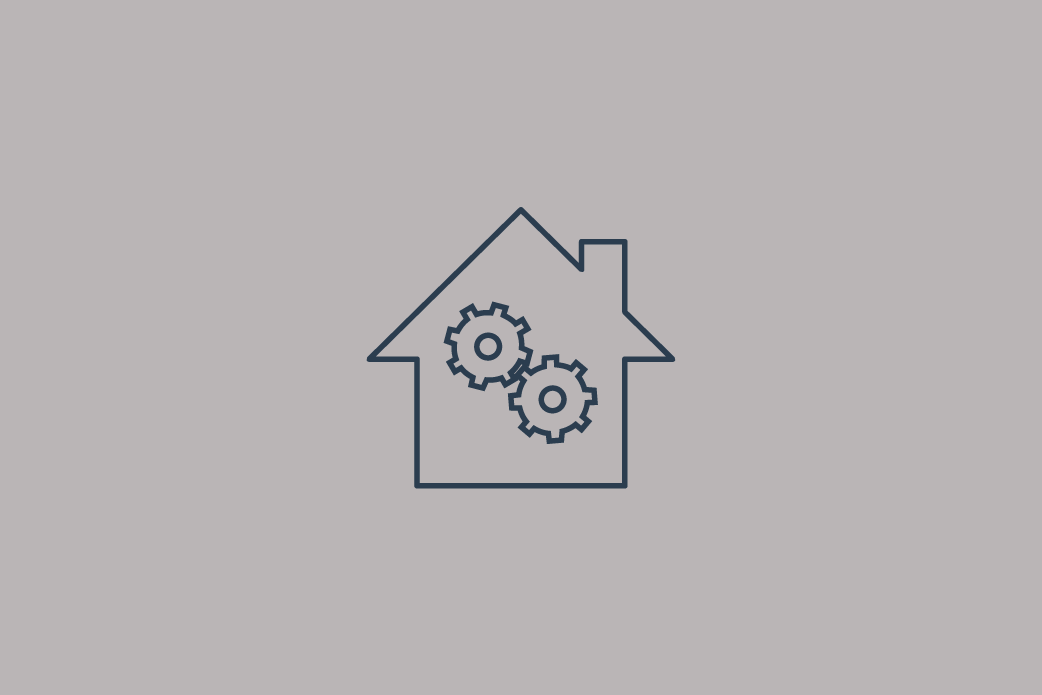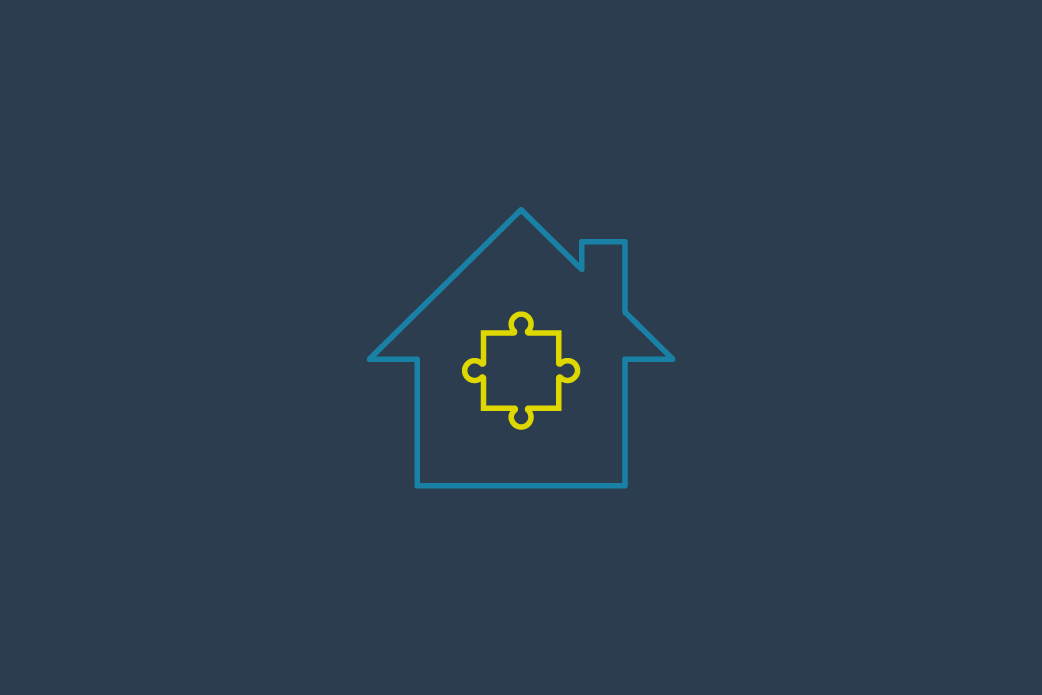The Heat Network (Metering and Billing) Regulations 2014 are currently in the process of being reviewed and updated, with the latest consultation closing in January 2020. We’ll keep this page updated with the latest changes.
The Heat Network (M&B) Regulations set out certain requirements for heat networks. The first question might be, do you operate a heat network and if so, what type?
Heat networks are where water is centrally heated or chilled and then distributed to buildings and properties for use. It must serve more than one building or occupier to be considered a heat network.
A district heat network is where supply is made to more than one building and at least one final customer, so a university with an energy centre and two buildings it own and operates is a district heat network and comes under the regulations. The same would be true of two blocks of apartments, with the energy centre located in the basement. This would be a district heat network.
A communal heat network is where supply is made to only one building but supplies at least two customer, so an office space with two businesses operating from separate offices inside would be a communal heat network. The same would apply where a converted house has been changed to individual flats but where a single boiler is used to supply all flats.
If you supply heat in either of the above scenarios, either as a reseller or operator of a heat network, you are a heat supplier or heat network operator.
So you know you’re a heat supplier, what do you have to do?
Well if you’re a supplier on a district or communal heat network you need to notify the Office for Product Safety and Standards (OPSS) about your heat network and re-notify every 4 years, using an online form at https://www.gov.uk/guidance/heat-networks.
If you’re a district heat network supplier, you must ensure you install a building-level meter at the point of of entry or at a heat exchanger within that building. Sycous has worked with large and small organisations seeking to meet this requirement, installing across hundreds of sites in the UK, with in-line and clamp-on metering to suit the specific needs of the application.
What about for individual meters in each properties?
Additionally, if you’re developing a new district heat network, you must install individual meters for each property.
If you’re a district or communal heating supplier with an existing network, you are required to assess whether it is technically feasible and cost effective to install individual meters. At present this tool has been suspended and no assessment it required, we are awaiting BEIS and the OPSS to release further guidance in due course when a new tool will be released.
Our recommendations are to install individual meters at the lowest cost and impact point, such as during construction or refurbishment of any heat network. This avoids the potential and likely eventual additional and higher cost of having to install meters at a later time.
So I’ve got meters, do I have to bill off them?
If you have meters installed, you must then raise charges based on those meters where it is cost effective to do so.
It’s almost always cost effective, especially with solutions such as our Managed Service offering, which offers a competitive solution for all metered networks.
There has to be some exclusions, right?
Yes and the guidance does change due to the wide-scope of the regulations and variety of buildings in the UK.
The latest guidance is published on https://www.gov.uk/guidance/heat-networks. We can also keep you up to date but signing up to our newsletter here.
I need to know more, can you help? Can you help supply and install?
Yes! Get in touch with our experts if you need more information, require help and support undertaking your OPSS notifications or want more information on selecting and installing the right building-level meter for your application.



